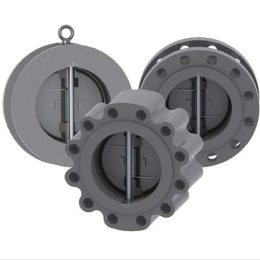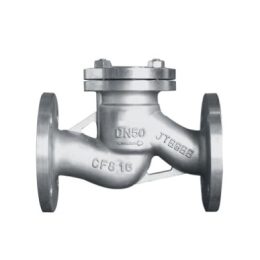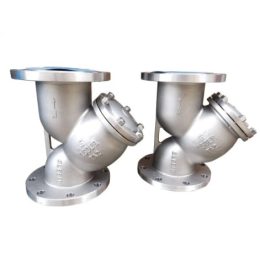Introduction Of Floating Pneumatic Ball Valve
Floating pneumatic ball valves are an essential component in many industrial processes. These valves are widely used in various applications where a reliable and durable sealing solution is required. The floating stainless steel pneumatic ball valve is an excellent example of the latest technology in this regard. In addition to its use in industrial processes, floating pneumatic ball valves are also used in other applications such as residential plumbing.
What is a Floating Pneumatic Ball Valve?
A floating pneumatic ball valve is a type of ball valve that has a floating ball design. The ball in this valve is not fixed in place and can move around within the valve body. When the valve is in the closed position, the ball is pressed firmly against the outlet end, creating a tight seal. This design ensures that the valve can handle a wide range of fluids and gases, making it a versatile option for many applications.
Advantages of a Floating Pneumatic Ball Valve
One of the most significant advantages of the floating pneumatic ball valve is its simple structure. This design makes it easy to install, operate, and maintain. Additionally, it also ensures a high level of sealing performance, making it an ideal choice for various applications. The simplicity of the design also makes it very cost-effective, making it accessible to small businesses and homeowners.
Another advantage of the floating pneumatic ball valve is that it can withstand high-pressure applications. The floating ball design ensures that the valve can withstand the high pressure of the medium, making it an excellent choice for use in pipelines and other high-pressure applications. This feature makes it a reliable choice for applications where safety is a top priority.
Considerations for the Floating Pneumatic Ball Valve
It is essential to consider the sealing ring material when selecting a floating pneumatic ball valve. The load of the ball is transferred to the outlet sealing ring, and therefore, the sealing ring material must withstand the working load of the ball medium. The type of sealing ring material used can also affect the performance of the valve, and different materials may be better suited for different applications.
Furthermore, it is essential to consider the working conditions when selecting a floating pneumatic ball valve. The valve must be able to withstand the temperature and pressure of the medium to ensure reliable and safe operation. Proper maintenance practices must also be followed to ensure that the valve continues to operate effectively over time.
Conclusion
The floating pneumatic ball valve is an excellent choice for various applications, thanks to its simple design, high sealing performance, and ability to withstand high-pressure applications. However, careful consideration must be given to the sealing ring material and working conditions to ensure reliable and safe operation. In addition, proper maintenance practices must be followed to ensure that the valve continues to operate effectively over time.
- Development trend and prospects of valve standards in my country
- Valve Use in Steam Pipe Networks
- Features and Benefits of Our Cast Steel Flanged Gate Valves
- How Floating Ball Valves Work
- How Swing Check Valves are Tested and Inspected: A Comprehensive Guide
- The Benefits of Casted Trunnion Ball Valves in Industrial Applications



